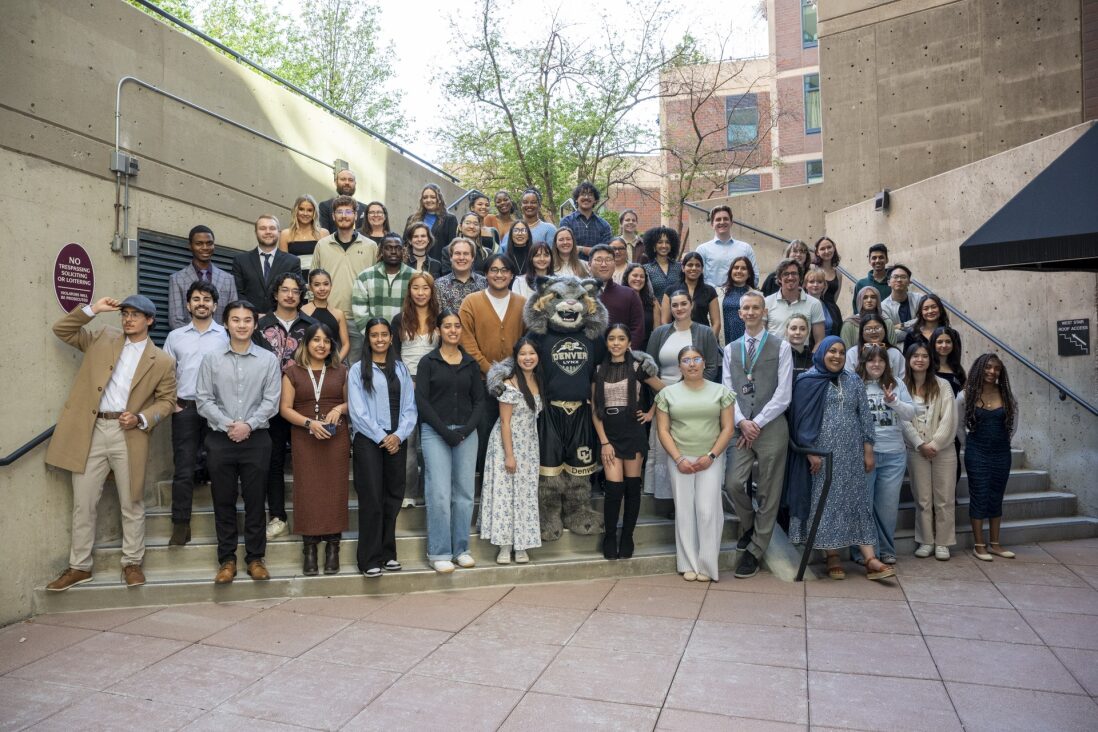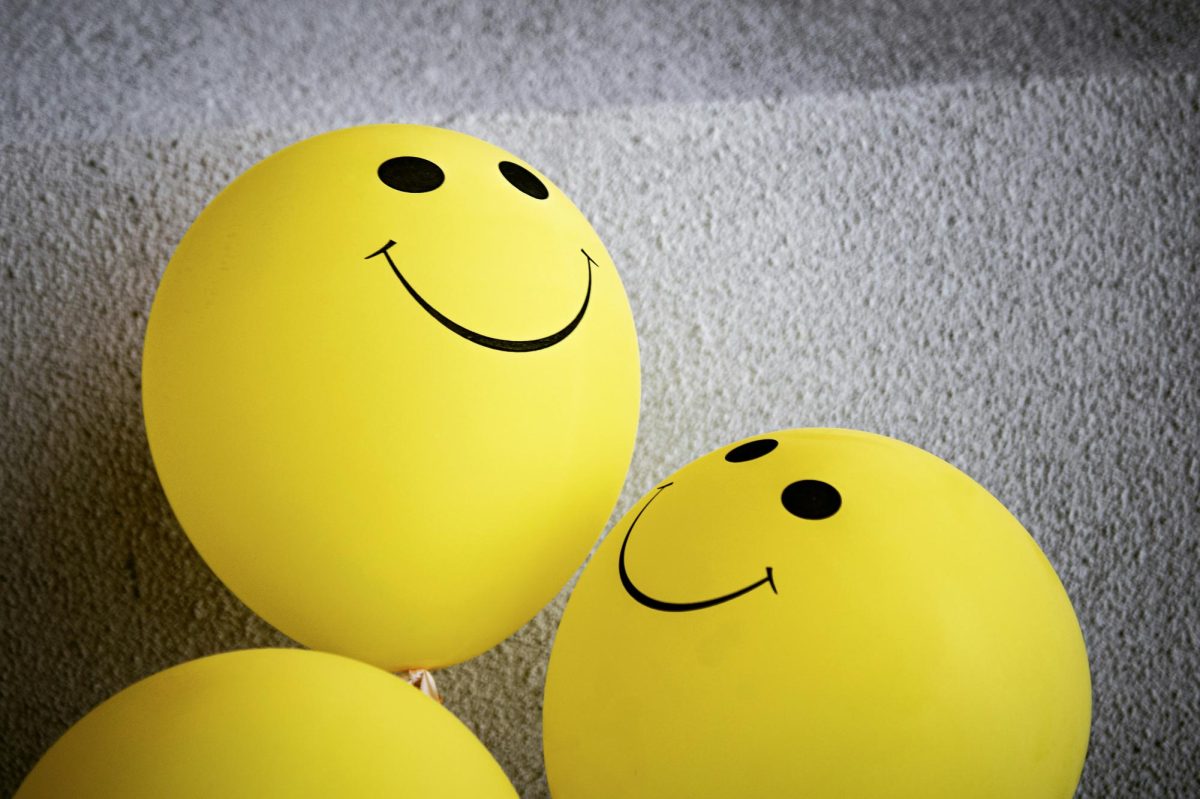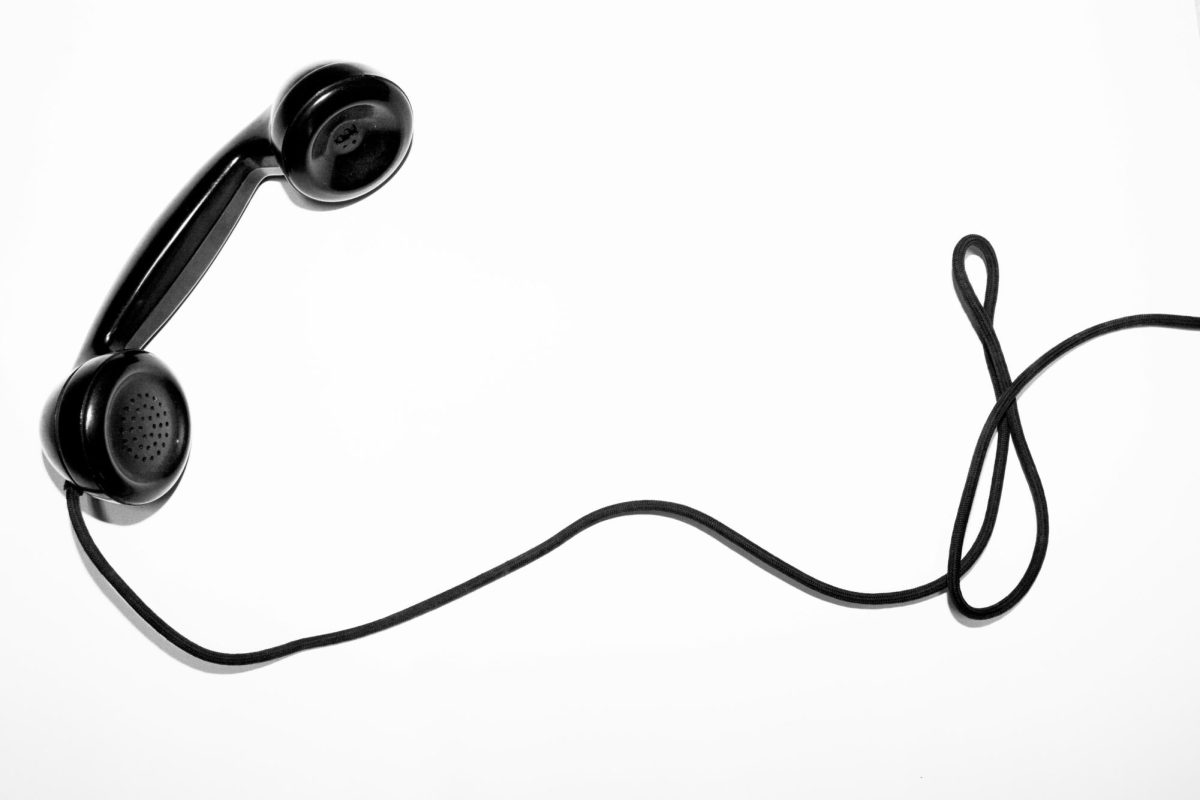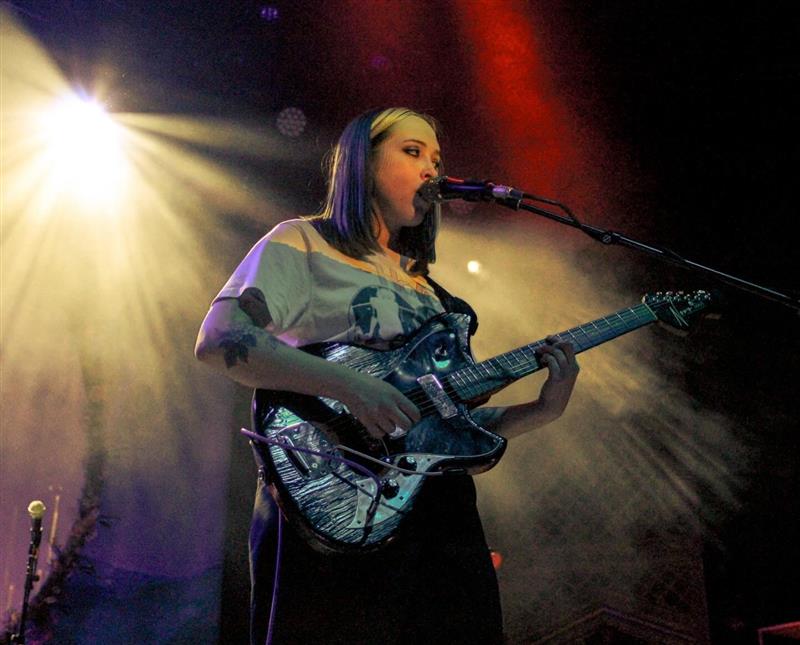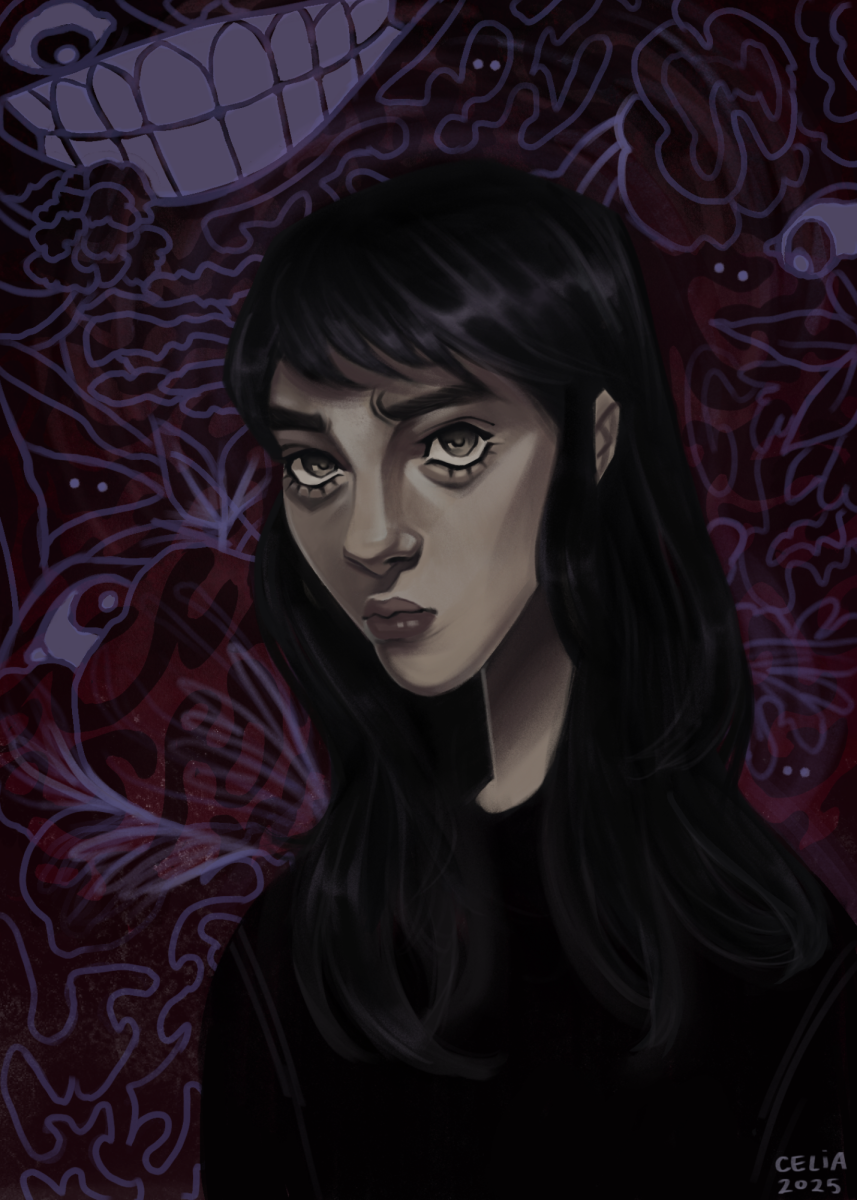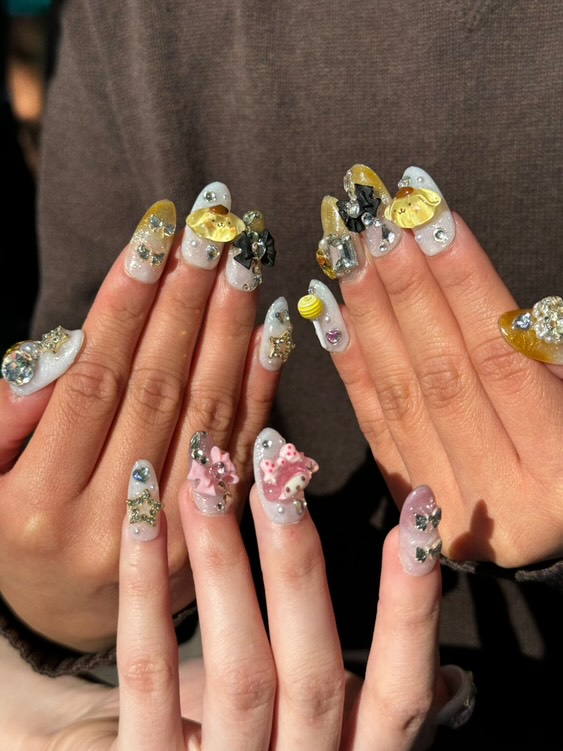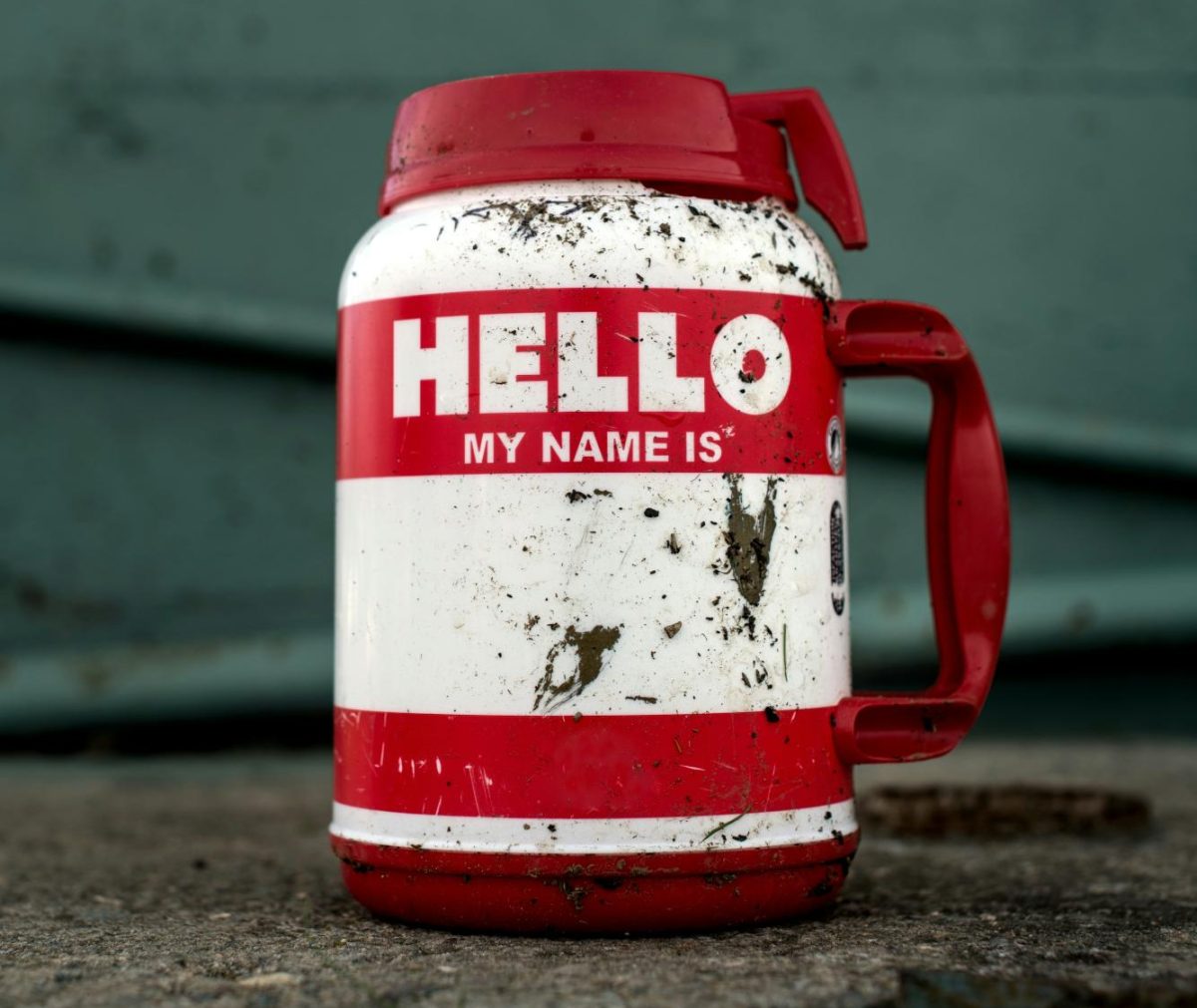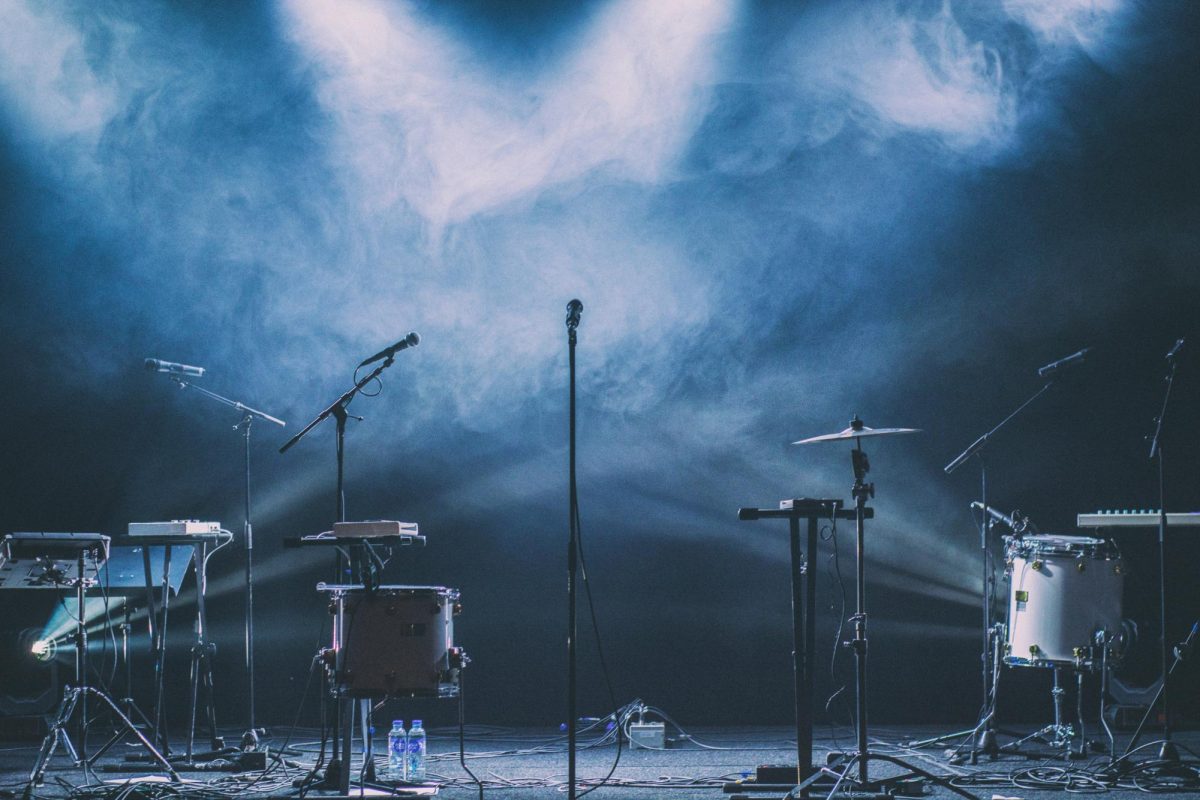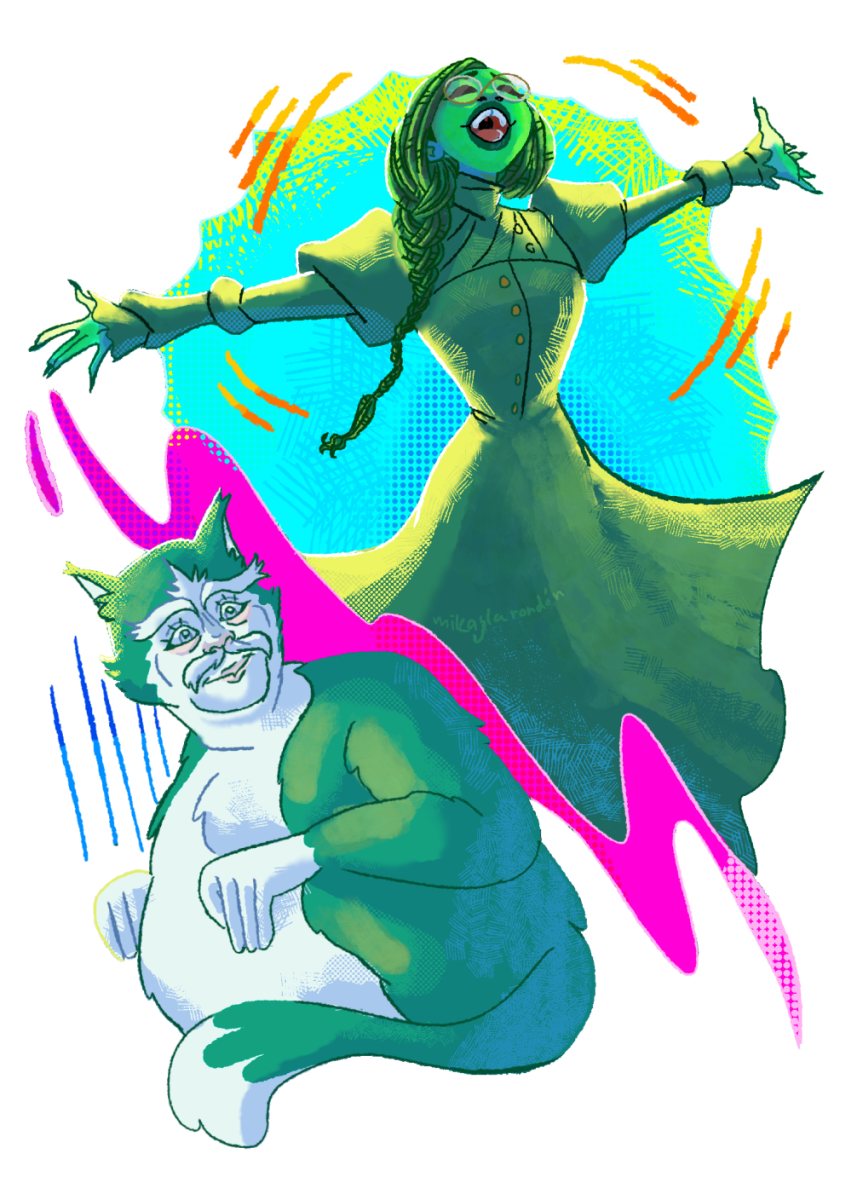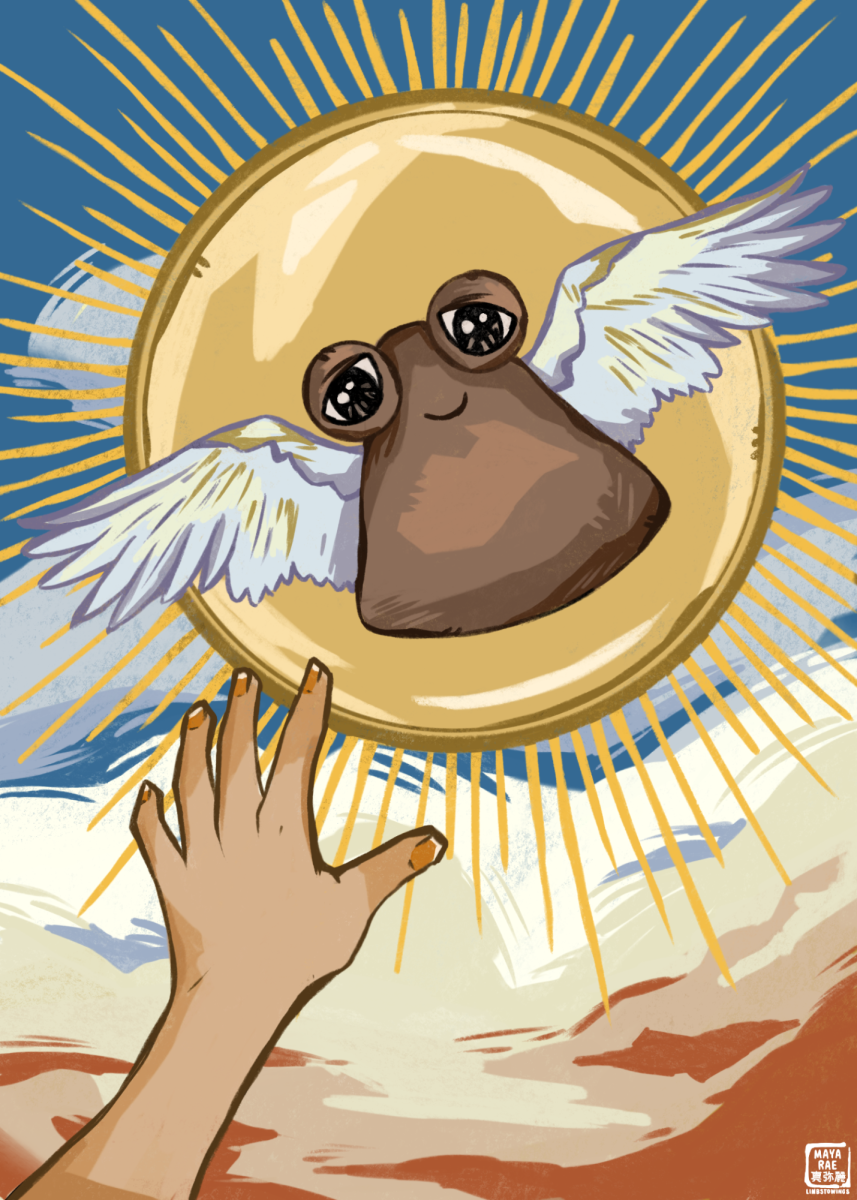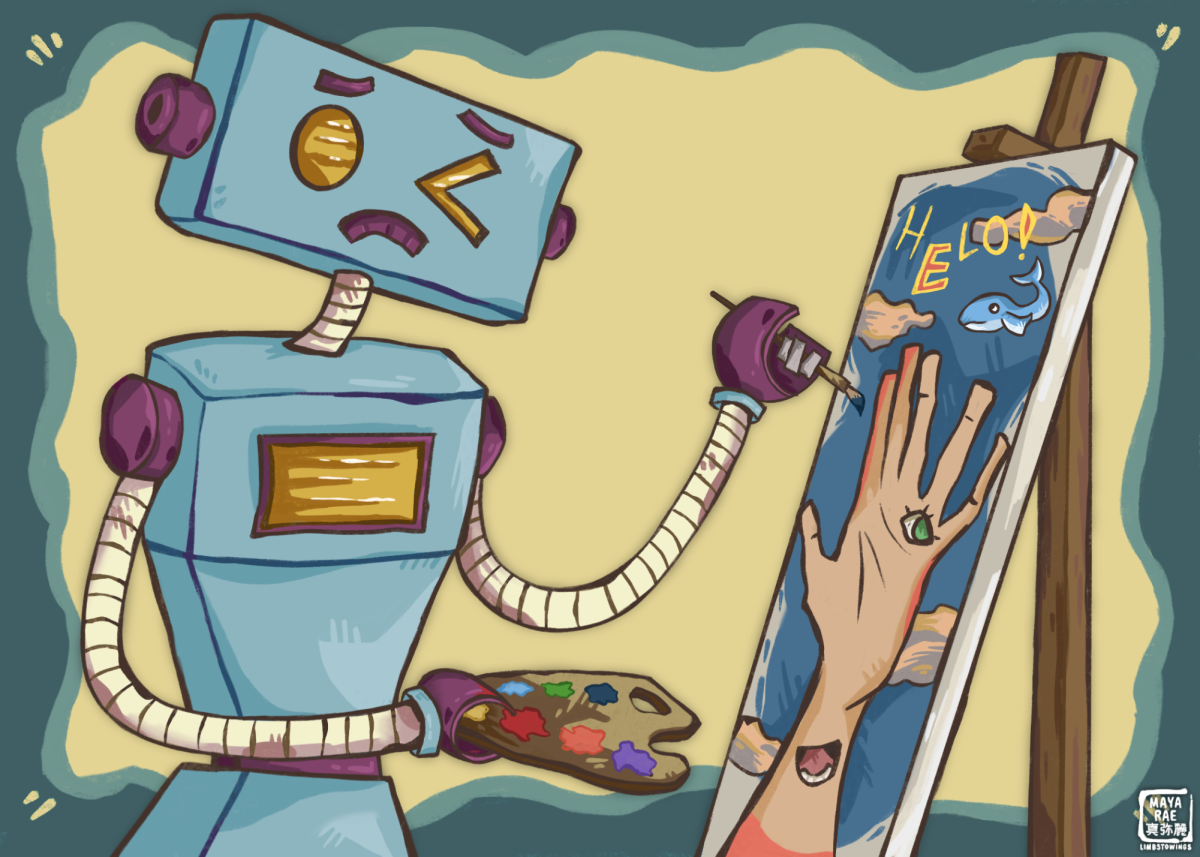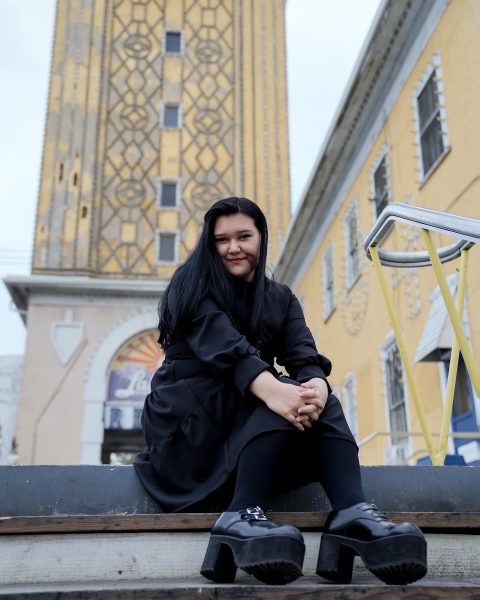The Issue with AI “Art”
Why its popularity is so concerning
Illustration of a robot struggling to paint, making a non-coherent image.
August 28, 2024
In an age where AI is becoming more and more prevalent, it’s no surprise that AI is being used in a large variety of fields as it continues to advance and improve. However, the use of AI has become an issue when it has been shown to affect things such as authenticity, job security, and morality, specifically speaking within the arts. Over the past year or so, there has been a rise in “art” created solely with AI software. The AI software in question has been programmed to replicate the styles of various artists, from famous ones like Vincent Van Gogh to smaller artists who just post their work on social media.
Art style is heavily linked with identity within the art world. Every artist has distinctive qualities that define them, even when their style may seem similar to someone else’s. Due to this, not only is AI art problematic because it steals and lets people use an artist’s identity without their consent, but also because people with styles that resemble those that are being stolen by AI are now being accused of using AI software to produce their original artwork.
While not necessarily being widely accepted by the public eye, there’s been a huge surge in the public use of AI art, from things like business promotions to movie posters and album covers, as evidenced by A24’s Civil War movie and Nicki Minaj’s “Bigfoot” single from earlier this year. TikTok photo trends of using AI to turn yourself into anime or cartoon characters have also become increasingly mainstream. There’s even been an increase in advertising for apps with AI software that specifically use the tagline “Who needs an Illustrator?” It goes to say that this rise of AI art in popular culture shows is concerning considering how much we’re already used to seeing it but also raises questions about the future of jobs and originality in the art world.
The argument in favor of AI art claims that it is quicker than commissioning a real artist or that it allows those who lack artistic ability the ability to be creative, especially for those who might be physically disabled. However, this assertion is particularly offensive because it discredits the hard work and skills that traditional artists have honed over years of practice. This is coupled with the numerous disabled artists across history who have learned to create art with their mouths, feet, or other body parts rather than their hands. While AI art seems to be faster than hiring a real artist, it’s also shown that AI has a hard time with anatomy and often makes mistakes regarding consistency. This often results in unsettling or distorted images, which defeat the purpose of whatever the “art” is supposed to be representing.
Something AI lacks and can’t replicate is emotion and human experience, which is one of the most important aspects of what makes up an artist. While it’s concerning how much AI art has grown in popularity, as more and more people engage in the discourse against it, it might begin to lessen in popularity and be recognized for what it truly should be used for: a tool rather than a replacement for real artists.


